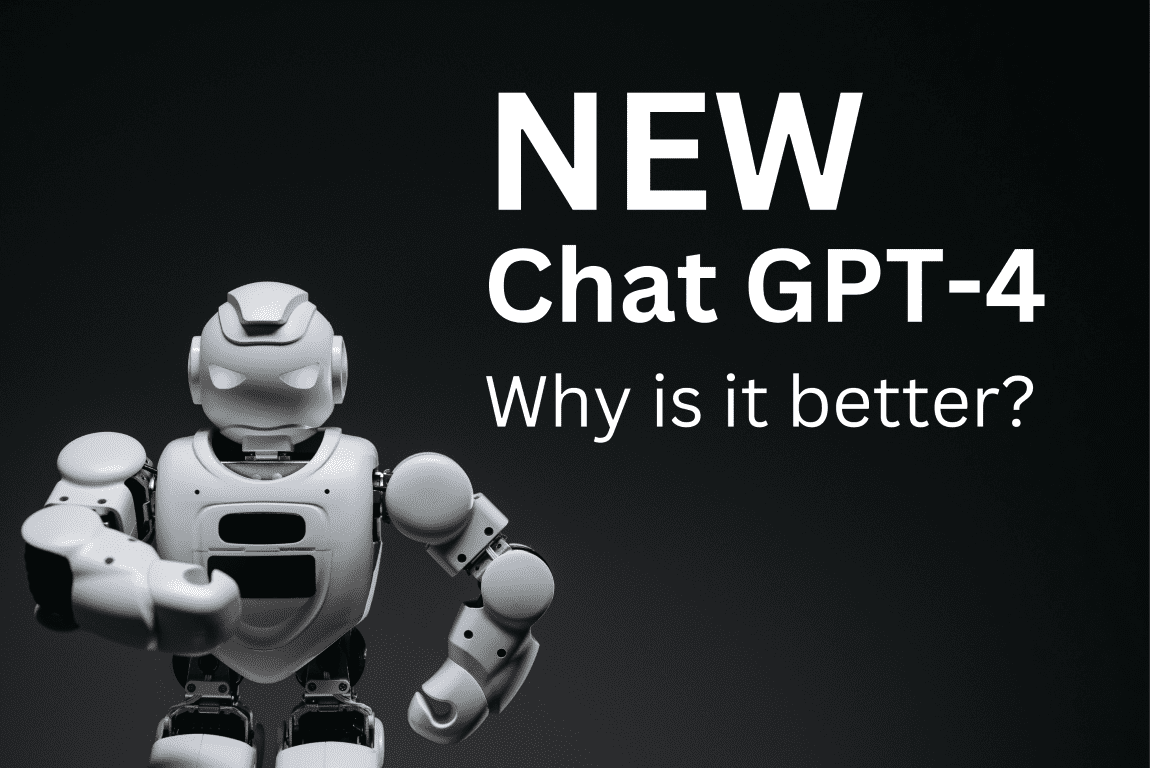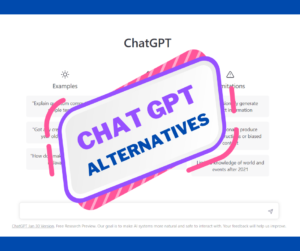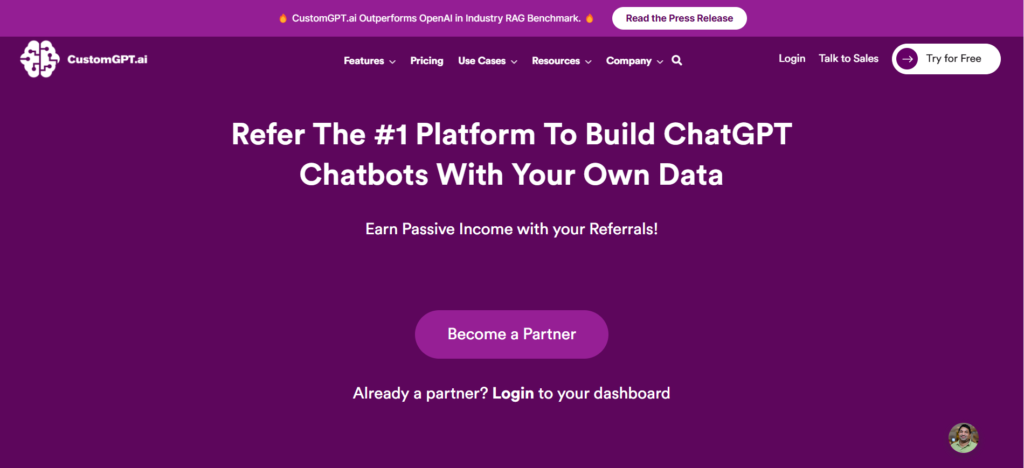As an AI language model, ChatGPT has evolved significantly over the past few years, with each new version improving upon the previous one. The latest version, ChatGPT-4, is considered to be a significant upgrade over its predecessors. Here are some of the reasons why:
- Multi-modal input processing: ChatGPT-4 can process not just text, but also other modalities such as images, audio, and video. This enables it to understand and respond to more complex user queries that involve multiple modalities.
- Domain adaptation: ChatGPT-4 has the ability to adapt to specific domains such as finance, healthcare, and legal, and provide more accurate and specialized responses within those domains.
- Improved dialogue consistency: ChatGPT-4 can maintain a more consistent dialogue style and tone, resulting in a more natural and engaging conversation experience.
- Better handling of rare and out-of-vocabulary words: ChatGPT-4 can handle rare and out-of-vocabulary words more effectively, resulting in better understanding of user queries and more accurate responses.
- Improved text coherence: ChatGPT-4 can generate more coherent and contextually relevant responses, resulting in a more natural and engaging conversation experience.
- Better context retention: ChatGPT-4 has improved memory management capabilities, allowing it to better retain context from previous conversations and provide more personalized responses.
- Improved sensitivity to user emotion: ChatGPT-4 can detect and respond to user emotions more effectively, resulting in a more empathetic and personalized conversation experience.
Overall, ChatGPT-4 introduces several new features that were previously unavailable in earlier versions, resulting in a more sophisticated and capable conversational AI system.









